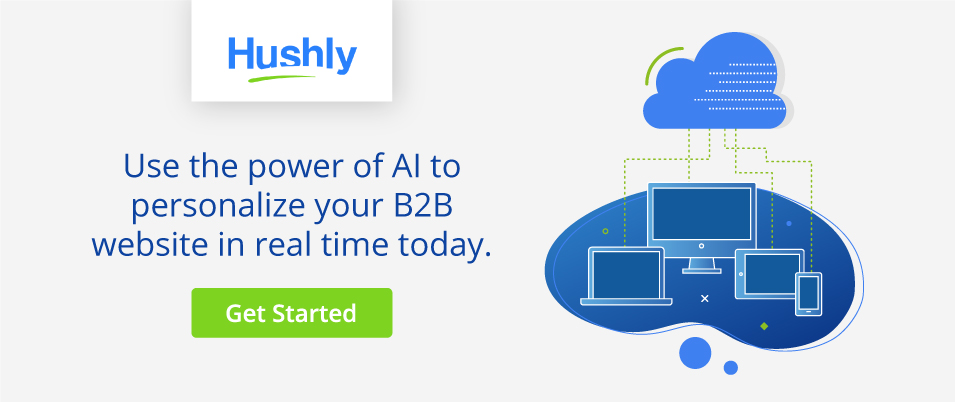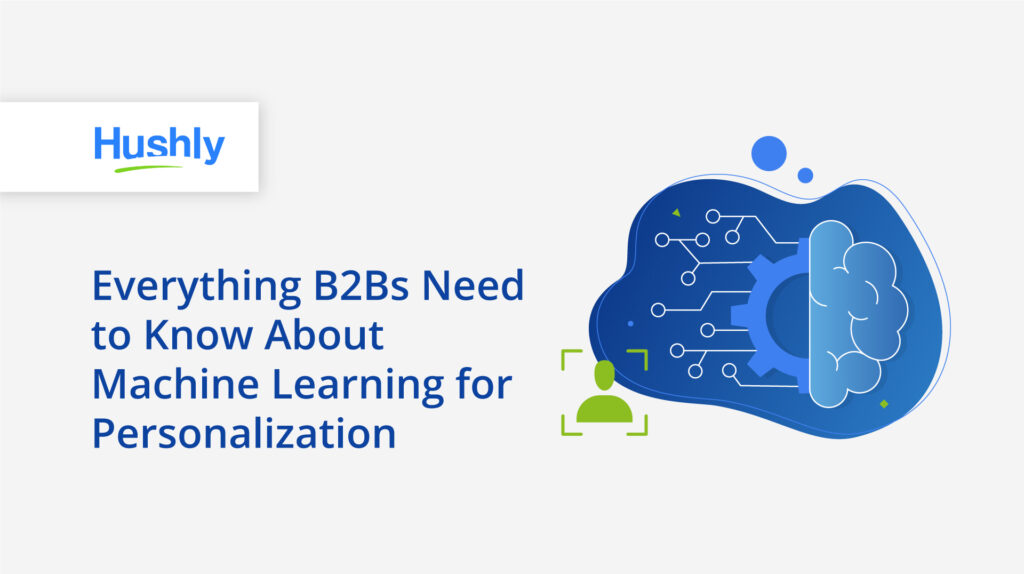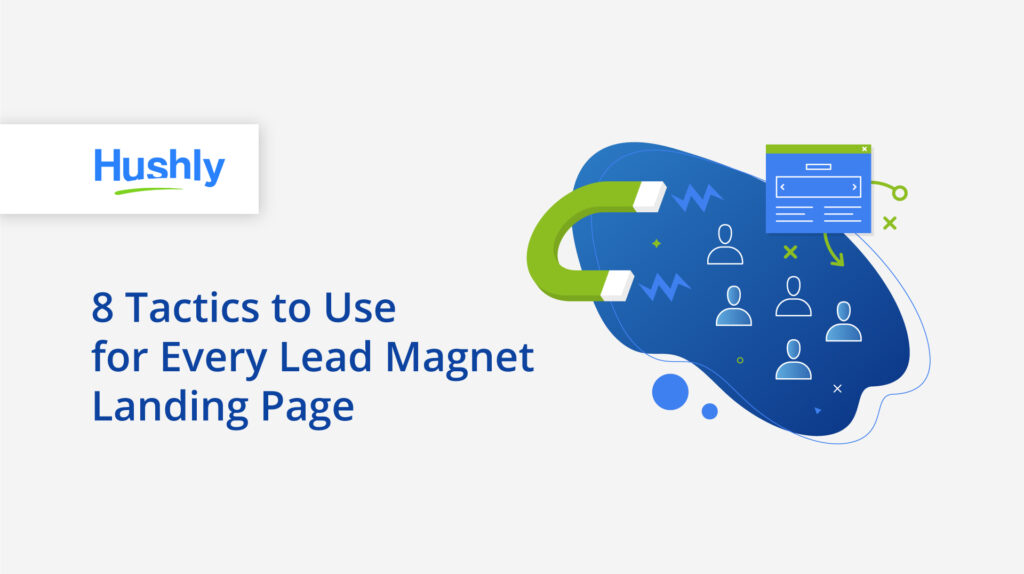Filters
Content Type
Topic
7 Tips to Create a Seamless Cross-Channel Personalization Strategy

Consumer brands have jumped into action creating effective cross-channel personalization strategies.
B2B companies? Not so much.
Sure, B2Bs understand the benefits of personalizing every channel. However, putting it into practice is a whole different story.
The B2B buying process is lengthy and often convoluted. The latest research shows between six and ten team members are involved in each purchase decision.
How can you personalize every touchpoint for every team member?
80% of B2B companies already struggle to personalize their experience at scale. How can they possibly expand their personalization to every channel?
The truth is, AI offers an innovative tool to not just personalize – but hyper-personalize – every touchpoint across the journey. Here are a few best practices and tips to squeeze the most out of your strategy.
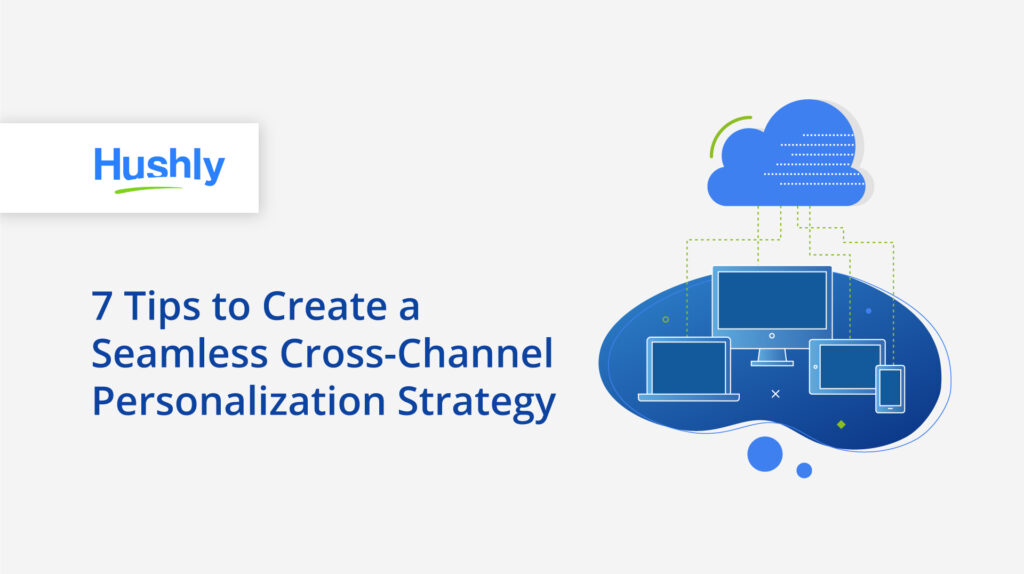
What is Cross-Channel Personalization and Why is it Important?
Cross-channel personalization, also known as omnichannel personalization – refers to creating a unique experience for every lead at every touchpoint along the journey.
In B2B marketing, an omnichannel personalization strategy should distribute content relevant to every prospect’s or lead’s firmographic data (like company name, location, or job role) and stage of the buying cycle.
B2B purchases aren’t linear – not by a long shot.
If you feel frustrated over this as a B2B marketer, you should know that your buyers are in the same boat: 77% said their last purchase was “very complex or difficult.”
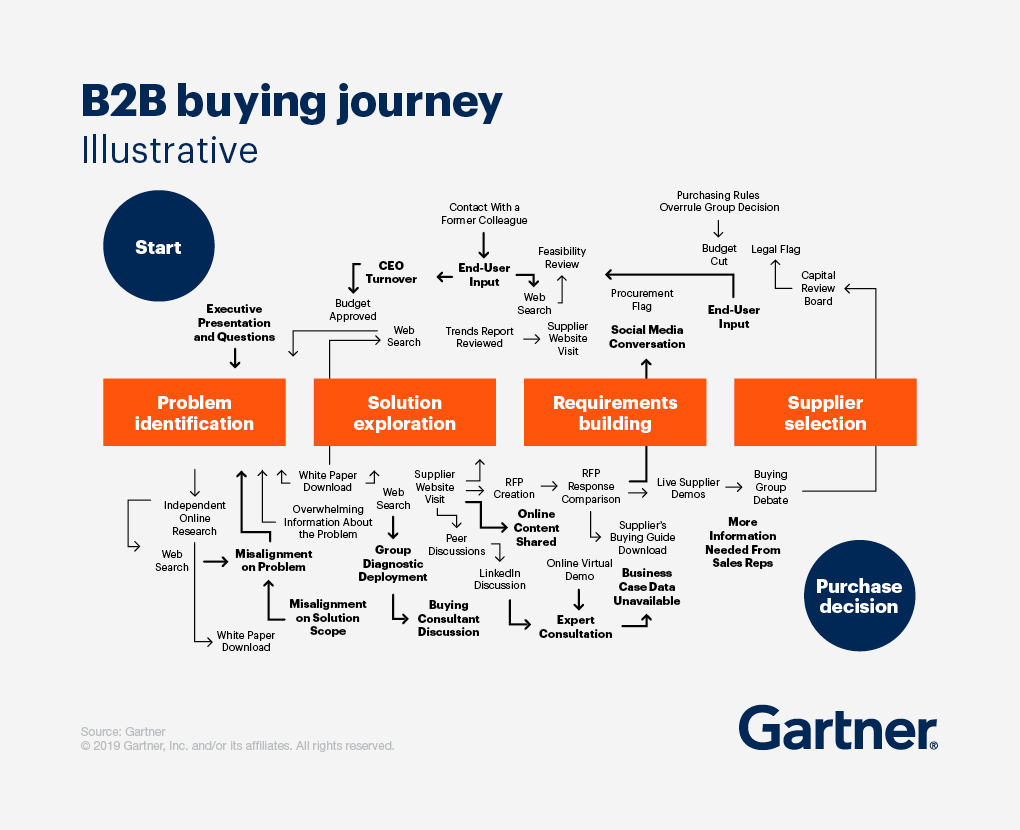
Omnichannel personalization is critical to both winning conversions and keeping customers happy.
85% of buyers say they’re more likely to dismiss a company that doesn’t personalize the first touchpoint. Meanwhile, 65% say they’ll consider jumping ship if a brand doesn’t make any effort to personalize their communications.
Buyers are busy and frustrated. They have no time for generic, irrelevant, or unengaging content. With more B2B companies offering cross-channel personalization, they can just move along to the next one.
7 Cross-Channel Personalization Best Practices and Tips
Instead of using outbound tactics, B2B marketers should do their best to make the buying process easier for buyers through personalized content across every channel.
1. Get to Know Your Individual Buyers and Accounts
Understanding your audience is the key to a successful personalization strategy.
Your goal here is to create some audience personas. Start by looking at your audience firmographic data like:
- Company names
- Job roles
- Company market share
- Company size (revenue and team members)
Looking at your lead data might not be the best place to start your research though. Poor data is the “silent killer” behind most B2B marketing efforts as a quarter of all B2B databases are inaccurate. 60% of B2Bs call their overall data unreliable.
Instead, use social listening tools to follow specific phrases, trends, and brand mentions to give a better-rounded look at your target audience.
2. Create Valuable Content for Your Firmographic Segments
After you develop some personas, start creating relevant content that solves their problems or answers their burning questions.
Again, social listening comes in handy for topic development inspiration.
You’ll also want to make sure you’re creating the right type of content. About half of B2Bs consume videos during the buying process while 64% listen to podcasts.
Research your audience and cover all your bases.
3. Launch Self-Nurturing Landing Pages
B2Bs spend 45% of the sales process conducting independent research yet only 17% meeting or speaking with potential suppliers.
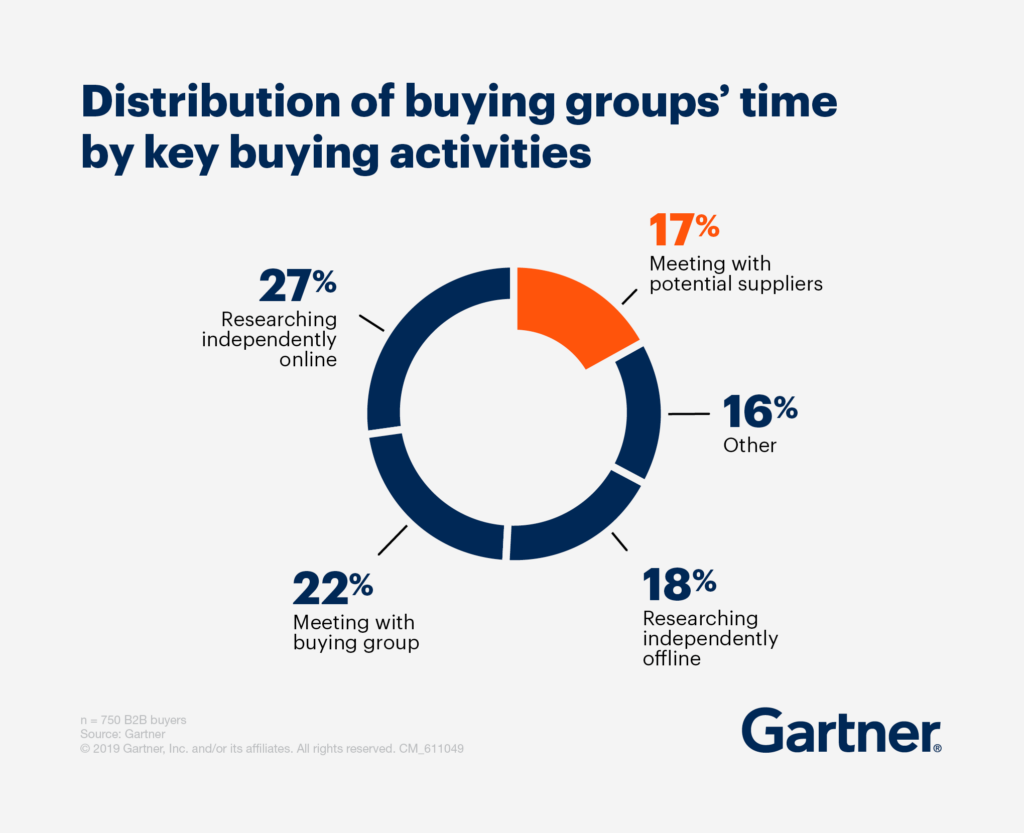
Companies don’t have control – and that’s okay.
Instead, use self-nurturing landing pages to empower your leads to educate themselves. Self-nurturing landing pages study every visitor’s behavior and use the information to gently guide leads down the sales funnel.
4. Focus Your Social Media Strategy
Businesses spend over $37.7 billion on social media advertising each year. An average company devotes 13% of its entire marketing budget to social media.
Sadly, most businesses – especially in B2B – say their social strategies don’t deliver the best results.
It’s important to choose the right platforms as part of your cross-channel personalization strategy. Try to personalize every channel and you’ll end up spreading your resources too thin.
Instead, use just two platforms, like Facebook and LinkedIn, and stick with those for personalized retargeting. As a bonus, LinkedIn and Facebook offer some of the most detailed ad targeting options so they’re easier to personalize.
Use information from your website browsing data to personalize your retargeting ads on social media.
5. Distribute Content Through an Adaptive Hub
An adaptive content hub organizes your content in broad categories and artificial intelligence distributes it.
Think of it like Netflix. The Netflix algorithm watches what you consume, what similar users watched, and how long/often you watched different assets. From there, Netflix provides you with personalized recommendations in an endless stream.
An adaptive content hub applies the same technology to your B2B site: Users get an endless stream of personalized content recommendations.
Plus, you get more relevant browsing data on your leads.
6. Automate Your Email Marketing Journey
Email is one of the easiest channels to automate.
Using your firmographic segments, design buyer journey campaigns. Be sure to include:
- Welcome email
- Campaign explaining your mission or vision
- Tutorials
- Relevant case studies
Remember, you’re personalizing your email marketing. Take every subscriber’s company, industry, and stage of the buying process into consideration.
Make sure to monitor your email performance metrics and use that information to personalize other channels.
7. Keep Your Data Clean and Use Intent Data
For your cross-channel personalization strategy to work, you need current and clean data.
Intent data is useful because it includes both third- and first-party information on your visitors to understand their stage of the buying process.
Since the buyer’s journey isn’t linear, intent data is truly your secret weapon for nailing personalized content.
Drive Effective Cross-Channel Personalization with a Powerful AI Engine
Artificial intelligence is the key to a successful cross-channel personalization strategy. Instead of sorting through massive data sets and trying to personalize content retroactively, AI lets you personalize your website in real-time for every visitor – whether an anonymous visitor or collected lead.
Use the power of AI to personalize your B2B website in real-time today.
The post 7 Tips to Create a Seamless Cross-Channel Personalization Strategy appeared first on Hushly.

